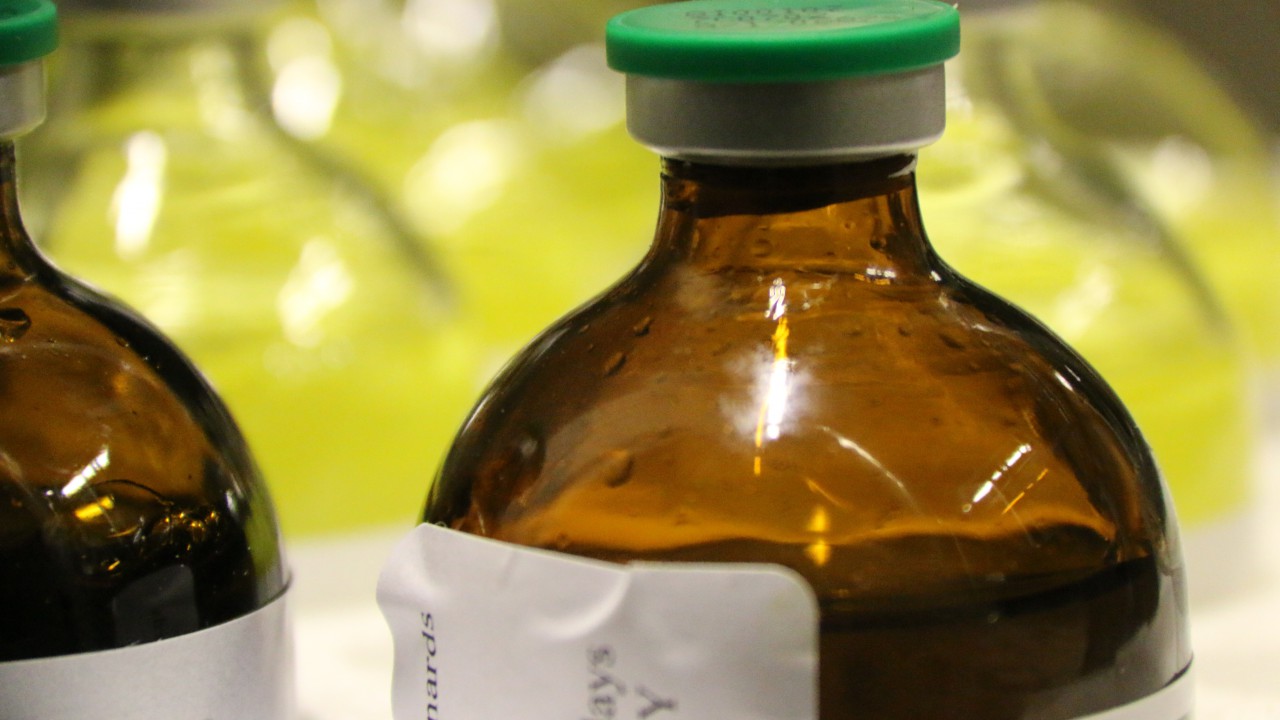Sales of antibiotics for use in food-producing animals have reduced by more than half (53%) in just four years between 2014 and 2018, the Veterinary Medicines Directorate (VMD) confirmed today.
Antibiotic resistance – otherwise known as antimicrobial resistance or AMR – is one of the most pressing global challenges this century.
As a result, several key treatments could become ineffective, meaning common infections could potentially spread with damaging consequences both to human and animal health.
The figure comes from the annual Veterinary Antibiotic Resistance Sales and Surveillance (UK-VARSS) report published today and builds on reductions previously published by past VARSS reports.
It means the UK has hit its National Action Plan target for antibiotic reduction two years ahead of schedule.
The UK’s chief veterinary officer Christine Middlemiss said: “A 53% reduction in sales of antibiotics for food-producing animals in just four years is a testament to the improvements industry and the veterinary profession have made in antibiotic stewardship, training and disease control.
“This is a great example of how real change can be achieved when Government and industry work together including through initiatives such as the Targets Task Force chaired by RUMA (Responsible Use Of Medicines in Agriculture Alliance.”
The focus on infection prevention and control is key to reducing the need to treat with antibiotics and maintaining the UK’s world-leading standards in protecting animal health and biosecurity.
As well as the overall progress, sales of the highest priority antibiotics of vital importance to human health, also reduced by two-thirds during the same time period and now account for a small proportion (0.7%) of total antibiotic sales.
Lord Gardiner, Minister for Rural Affairs and Biosecurity, said: “The magnitude of these continuing reductions in antibiotic sales, including the 68% reduction in sales of the highest priority critically-important antibiotics for food-producing species over the last four years, demonstrates how seriously our farming sectors take the threat of antibiotic resistance and have risen to the challenge.
“There is, however, more to do as we continue this fight against what is a truly global challenge.”
Globally, AMR threatens many of the UN’s Sustainable Development Goals and the World Bank estimates that an additional 28 million people could be forced into extreme poverty by 2050 through shortfalls in economic output unless resistance is contained.
This UK’s success in reducing antibiotic use in food-producing bacteria was also highlighted in the recently published European Surveillance of Veterinary Antimicrobial Consumption report, which, using 2017 data, shows that the UK now has one of the lowest levels of veterinary antibiotic sales in Europe.

